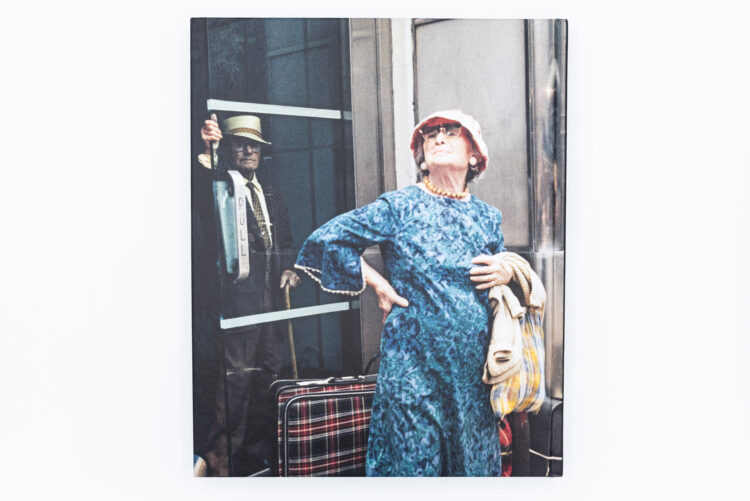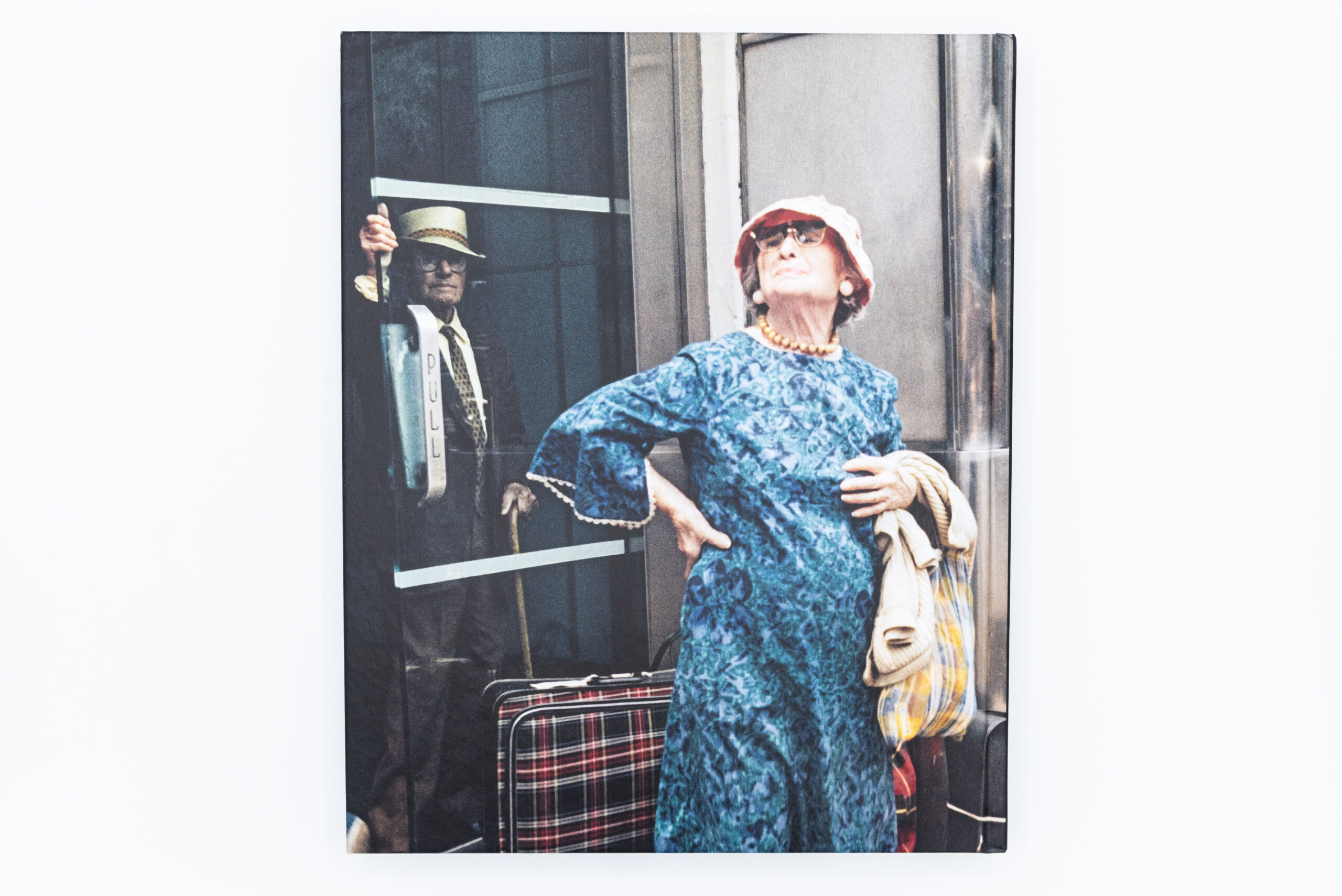






Helen Levitt
Helen Levitt (1913 – 2009) is one of the most important exponents of street photography. An avid observer and chronicler of daily life on the streets of New York, she spent decades documenting the inhabitants of the city’s poorest neighbourhoods, such as the Lower East Side and Harlem. Levitt’s work is distinguished by its sense of dynamics and surreal humour. His use of colour photography was revolutionary: Levitt is one of the pioneering photographers who created colour as an artistic medium. The book that accompanies the Albertina Museum’s retrospective presents around 130 of Levitt’s iconic works. These range from his early Surrealist-inspired photographs of chalk drawings to his 1941 photographs of Mexico and the clandestine portraits of New York City underground riders that Walker Evans encouraged him to make in 1938. Many of these photographs are from Levitt’s personal archive and this exhibition represents her first public showing. Helen Levitt’s photographs are easy to read, but difficult to understand. Taking shape in the late 1930s, with a decade of economic crisis and surrounded in New York by the buzz of all types of celluloid media, they reveal something profound about the world, with little commentary. A Levitt photograph does not tell as much as it emanates. It communicates the lived experience of the streets rather than urban life filtered through social or political concerns.







- Kehrer Verlag
- Language English
- Release2020
- Pages232
- Format27.5 x 22.6 cm
- ISBN9783868288971







